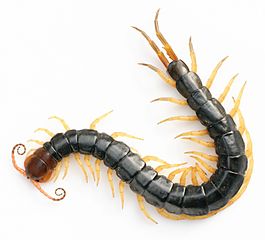vyadha
Arachnosquire
- Joined
- Jan 20, 2019
- Messages
- 135
First Asian pede! S piceoflava "jewel" was what it was sold to me as. Gorgeous animal. Spooky fast!
I understand this species has little taxonomical classification beyond a S subspinipes subspecies. Is that currently accurate?
Any info greatly appreciated.
5.75"


I understand this species has little taxonomical classification beyond a S subspinipes subspecies. Is that currently accurate?
Any info greatly appreciated.
5.75"





